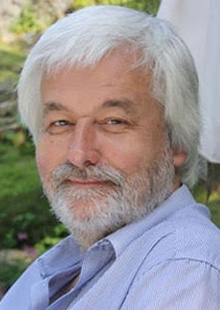Editorial · Issue 4
PAT: Something Completely Different
The scope for this issue is ‘Sampling for PAT’. For a very large proportion of traditional samplers and a great many readers of SST the term PAT is undoubtedly rather unknown. For this reason, SST has commissioned two educational lead-in feature articles 1) “What is PAT?” and 2) “The inspiring role of TOS in the PAT revolution in pharma”. These articles present authoritative introductions and descriptions of applied Process Analytical Technology (PAT) with scopes that aim and prepare for generalisation: While having had a tremendous impact in the pharmaceutical industrial sector for three-four decades, PAT has simultaneously transgressed way outside its own borders. Perhaps without having made a great splash in the world sampling community, there actually have appeared several recent forays making use of selected aspects of PAT (WCSB10, 11), but these have lacked a structured theoretical underpinning. This is addressed heads on by the third article, “The Fundamental Sampling Principle for PAT”.
For quite some years it has been a wish of the editor to present to the sampling community a more diverse introduction to PAT: scope, concept, design, implementation, usages and application experiences, which was finally realised with a broad solicitation. Six very experienced experts responded positively. Thus, in this issue some very inspiring accounts of the current interface between TOS and PAT can be found. All hail to HK, HM, DK, BS, RR and GR. I hope you will enjoy reading this multi-faceted collection of reflections and experiences from this distinguished line-up of practitioners, scientists and technology developers, academic and commercial both. It is hoped the present compendium will create a platform and will inspire to further PAT developments in the sampling realm. There are undoubtedly great potential benefits to be reaped as the possibilities for Process Analytical Technologies are put into practice – but it is also necessary to express serious warnings. Successful PAT applications are far from the all-too-simplistic idea of sticking a sensor into the process stream. The sampling community can learn a very great deal from this issue!
Then there is the domain of analysis sensu stricto. For want of space it has been decided not to go into this immense domain in this issue [...]
Read the editorial




